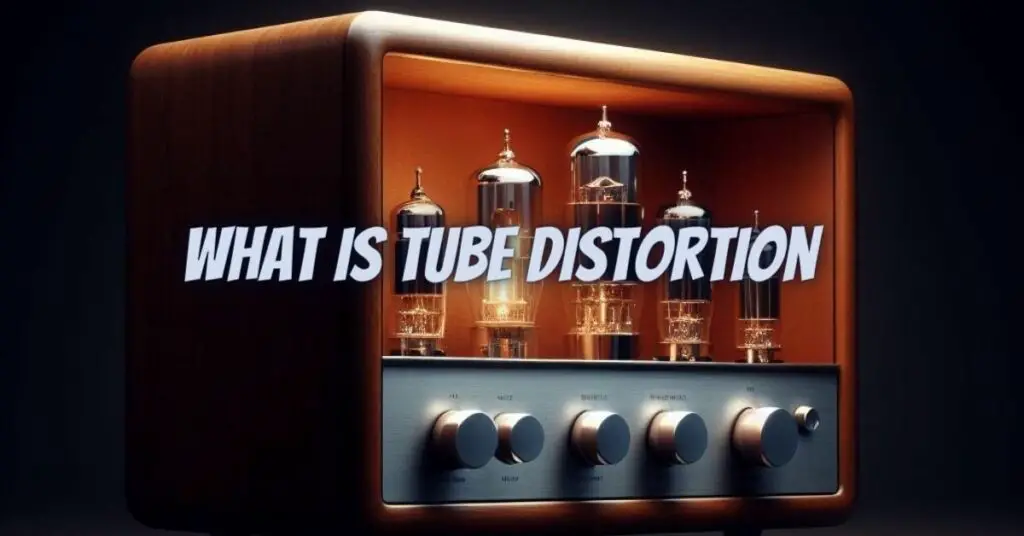In the world of guitar amplification and tone, the term “tube distortion” is often associated with a warm, rich, and harmonically complex overdrive that many guitarists find irresistible. This type of overdrive is highly sought after for its ability to add depth and character to guitar tones. In this article, we’ll explore what tube distortion is, how it’s generated, and why it holds a special place in the hearts of musicians.
Understanding Tube Amplifiers
To grasp the concept of tube distortion, it’s essential to understand the role of vacuum tubes (or thermionic valves) in amplifiers. Tube amplifiers, also known as valve amplifiers, have been a staple in the world of music since their introduction in the early 20th century. They played a crucial role in shaping the sound of electric guitars.
A tube amplifier comprises various vacuum tubes that amplify the electrical signal from a guitar. The most important tubes for understanding tube distortion are the preamp and power tubes.
- Preamp Tubes: Preamp tubes are responsible for the initial amplification of the guitar’s signal. They shape the tone, add gain, and introduce harmonic complexity. This early stage of amplification is where tube distortion begins to take shape.
- Power Tubes: Power tubes are responsible for further amplifying the signal to drive the loudspeaker. In some cases, power tubes can contribute to additional distortion, especially when pushed to their limits.
Tube Distortion: The Birth of Warm Overdrive
Tube distortion is a result of pushing preamp tubes to the point of saturation. When an audio signal is amplified beyond the tube’s maximum clean output, the waveform begins to clip or distort. This distortion introduces harmonics and overtones, creating a rich and complex sound that guitarists love.
Key characteristics of tube distortion include:
- Warmth: Tube distortion imparts a warm and smooth overdrive to the guitar’s tone. This warmth is achieved through the even-order harmonics produced during saturation.
- Harmonic Complexity: The harmonics introduced by tube distortion add depth and complexity to the sound. These harmonics are musical overtones that make the tone more interesting and expressive.
- Touch Sensitivity: One of the appealing aspects of tube distortion is its touch sensitivity. How hard or softly you play your guitar directly affects the amount of distortion and the dynamics of the sound.
- Sustain: Tube distortion can enhance sustain, allowing notes and chords to ring out longer and more melodically.
The Appeal of Tube Distortion
Tube distortion holds a special place in the hearts of guitarists for several reasons:
- Musical Character: Tube distortion adds a musical character to the tone, making it ideal for genres such as blues, classic rock, and jazz.
- Dynamic Response: The touch sensitivity of tube distortion allows for expressive playing. It responds to the player’s dynamics, delivering a more interactive experience.
- Classic Tones: Many iconic guitar tones in music history have been crafted using tube distortion. It’s associated with legendary guitarists and their signature sounds.
- Sonic Versatility: While tube distortion excels in certain genres, it’s also versatile and can be found in various musical styles, from country to metal.
In the world of guitar tone, tube distortion remains a cherished and highly sought-after effect. It is celebrated for its warmth, harmonic complexity, touch sensitivity, and dynamic response. The unique character it imparts to the guitar’s sound has left an indelible mark on the history of music and continues to shape the tones of musicians across the globe. Tube distortion is not just an effect; it’s a vital component in the quest for the perfect guitar tone.


